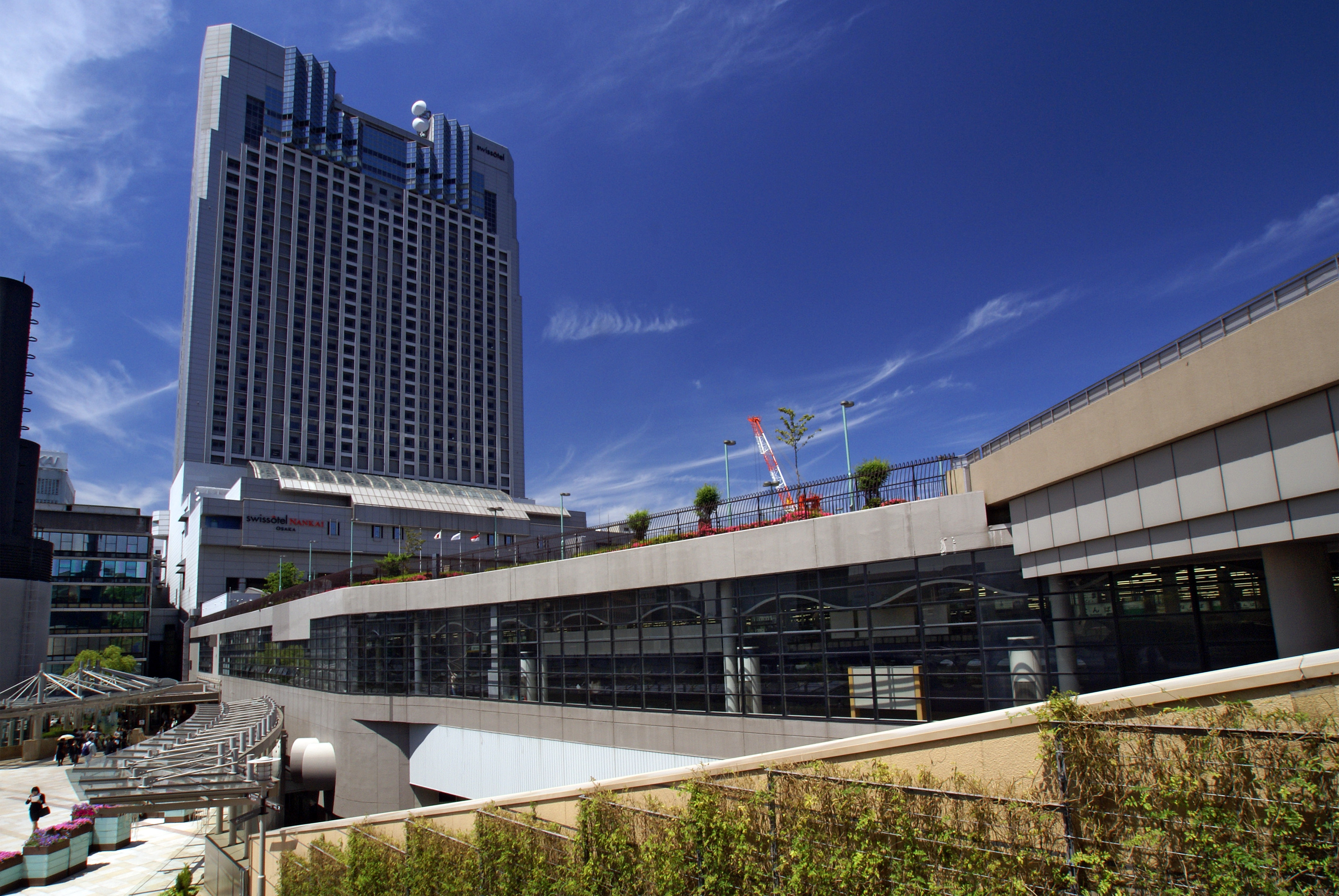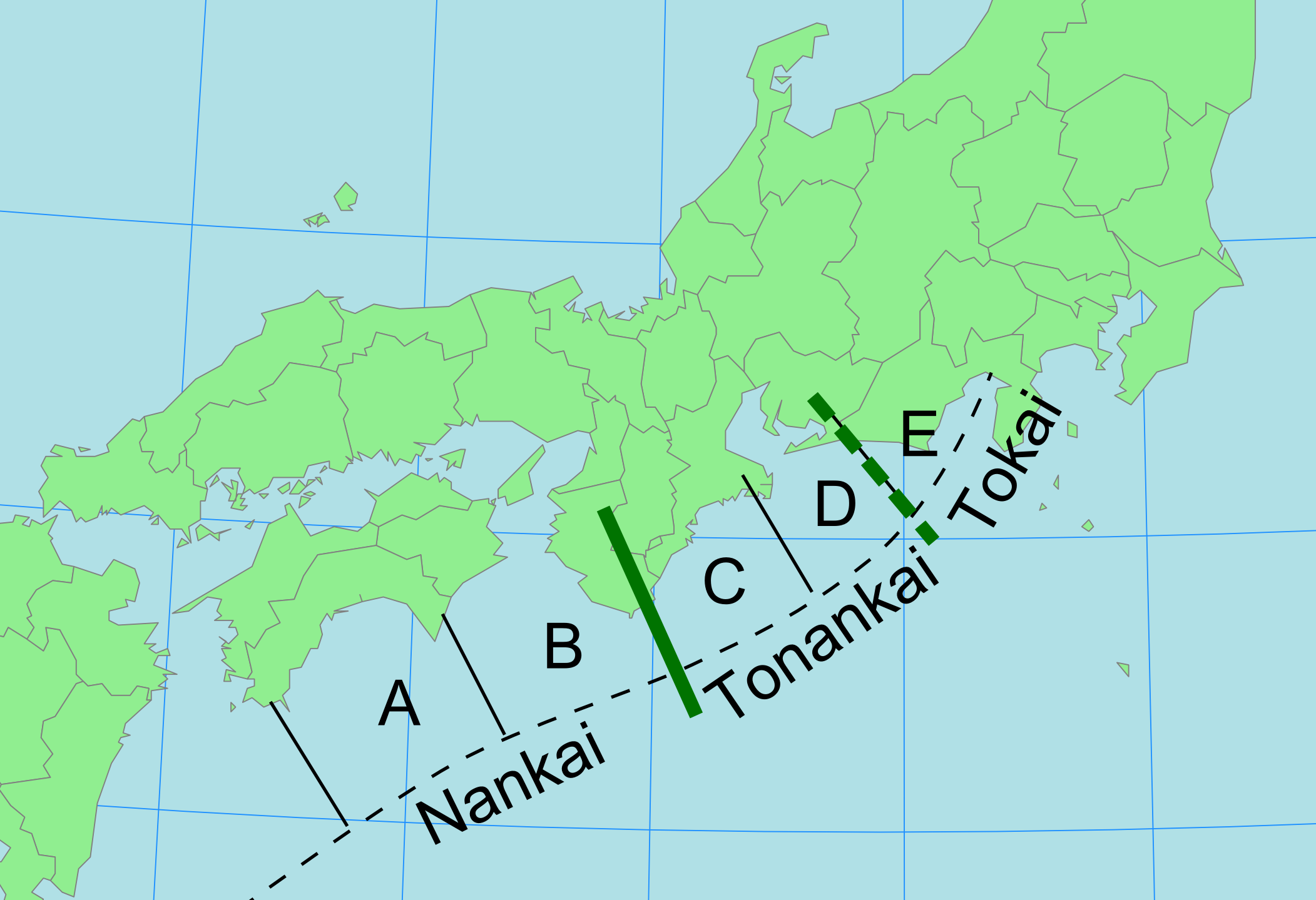|
Nankai (other)
Nankai () is a term in Chinese and Japanese. It may refer to: * Nankai (), a series of schools in China * Nankai District (), Tianjin, China * Nankai Electric Railway (), a railway company in Japan * Nankai Club and Nankai Hawks, (), former names of the Fukuoka SoftBank Hawks, a professional Japanese baseball team * Nankai Broadcasting (), a broadcasting company in Japan * Nankai Trough The is a submarine trough located south of the Nankaidō region of Japan's island of Honshu, extending approximately offshore. The underlying fault, the ''Nankai megathrust,'' is the source of the devastating Nankai megathrust earthquakes, w ... (), a submarine trough south of Japan * Nankai megathrust earthquakes (), a series of earthquakes that occur in and around the Nankai trough See also * Nankaidō, administrative unit in ancient Japan {{Disambig ... [...More Info...] [...Related Items...] OR: [Wikipedia] [Google] [Baidu] |
Nankai
Nankai () is a family of schools in China founded by Yan Xiu (严范孙) (1860–1920) and Zhang Boling (张伯苓) (1876–1951). The schools include: * Nankai High School in Tianjin (天津南开中学) (1904). * Nankai University in Tianjin (南开大学) (1919). * The Nankai Women's High School (1923), Tianjin Second Nankai High School (天津第二南开中学) (present). * The Nankai Elementary School in Tianjin (天津南开小学) (1928, ruined in WW2). * Nanyu High School (1935), Chongqing Nankai Secondary School (重庆南开中学) (1936). * Chongqing Nankai Elementary School (重庆南开小学) (1937). * Shuguang Middle School in Zigong (自贡蜀光中学) (1937). * Nankai University Affiliated High School (南开大学附中) (1954). Nankai District (南开区, Nán-kāi Qū) in the city of Tianjin Tianjin (; ; Mandarin: ), alternately romanized as Tientsin (), is a municipality and a coastal metropolis in Northern China on the shore of the Bohai Se ... [...More Info...] [...Related Items...] OR: [Wikipedia] [Google] [Baidu] |
Nankai District
Nankai District () is a district of Tianjin, People's Republic of China. Nankai District borders the Hai River in the east and Chentangzhuang Railway in the west and south. A number of important Tianjin landmarks lie in the district including the Tianjin Museum, Tianjin Radio and Television Tower, Tianjin Water Park, Tianjin Zoo and Tianjin Olympic Center Stadium. Nankai is also home to the city's most prestigious educational institutions including Tianjin University and Nankai University. The Tianjin New Technology Industrial Area, a 12 square km precinct, is also located in Nankai. History Historically, northern parts of Nankai District were located inside the walled city of Tianjin. The Tianfei Palace or Palace of the Queen of Heaven of the Yuan Dynasty was built in north-eastern Nankai in the year 1326. In the Ming Dynasty, the heart of the city of Tianjin was set up in Nankai. Nankai became part of the military garrisons during the Ming and Qing Dynasties and the city wall ... [...More Info...] [...Related Items...] OR: [Wikipedia] [Google] [Baidu] |
Nankai Electric Railway
is a private railway in Japan, founded in 1884. The name ''Nankai'' (which means "South Sea") comes from the company's routes along the Nankaidō, the old highway that ran south from the old capital, Kyoto, along the sea coast. Nankai predates all the electric railways in the Tokyo region. The Nankai network branches out in a generally southern direction from Namba Station in Osaka. The Nankai Main Line connects Osaka to Wakayama, with an important spur branching to Kansai International Airport. The '' rapi:t α'' express connects Kansai International Airport to Namba in 34 minutes, while the '' rapi:t β'' takes 39 minutes with two additional stops. The Koya Line connects Osaka to Mt. Koya, headquarters of the Buddhist Shingon sect and a popular pilgrimage site. IC cards (PiTaPa and ICOCA) are accepted. History The Nankai Railway Company was founded on June 16, 1884. In 1944 it was one of the companies that merged to form Kinki Nippon Railway Co., Ltd. (Kin-nichi, pre ... [...More Info...] [...Related Items...] OR: [Wikipedia] [Google] [Baidu] |
Fukuoka SoftBank Hawks
The are a Japanese professional baseball team based in Fukuoka, Fukuoka Prefecture. They compete in Nippon Professional Baseball (NPB) as a member of the Pacific League. The team was formerly known as the Nankai Hawks and was based in Osaka. In 1988, Daiei bought the team from Osaka's Nankai Electric Railway Co., and its headquarters were moved to Fukuoka (which had been without NPB baseball since the Lions departed in 1979). The team subsequently became known as the Fukuoka Daiei Hawks until 2005, when they were purchased by SoftBank. The franchise has won 11 Japan Series championships and 19 Pacific League pennants, with the most recent of both coming in . History Nankai Electric Railway Company ownership (1938–1988) The franchise that eventually became the Fukuoka SoftBank Hawks was founded on February 22, 1938 by Nankai Electric Railway president Jinkichi Terada as Nankai Club, based in central Osaka. The organization was said to be created as a result of ri ... [...More Info...] [...Related Items...] OR: [Wikipedia] [Google] [Baidu] |
Nankai Broadcasting
, also known as RNB, is a Japanese broadcast network affiliated with Nippon News Network (NNN). Their headquarters are located in Matsuyama, Ehime Prefecture. Network * TV: Nippon News Network (NNN) * RADIO: Japan Radio Network (JRN), National Radio Network (NRN) History * August 1, 1953: Nankai Broadcasting's radio license is applied. * September 28, 1953: Nankai Broadcasting is established. * October 1, 1953: Nankai Broadcasting commences broadcasting. * December 1, 1958: Television broadcasts commence. * October 1, 1964: Color broadcasts commence. * December 10, 1969: All Fuji TV shows move to the newly launched FNN station EBC. * May 13, 1970: Nankai Broadcasting exchanges footage of the Setouchi Sea Jack incident with Hiroshima Telecasting. * March 15, 1980: AM stereo broadcasts are conducted. * February 21, 1988: RNB transmits the Ehime Marathon for the first time. * July 19, 1990: RNB starts dual audio broadcasting for certain shows. * March 2000: Club N, a mobile sit ... [...More Info...] [...Related Items...] OR: [Wikipedia] [Google] [Baidu] |
Nankai Trough
The is a submarine trough located south of the Nankaidō region of Japan's island of Honshu, extending approximately offshore. The underlying fault, the ''Nankai megathrust,'' is the source of the devastating Nankai megathrust earthquakes, while the trough itself is potentially a major source of hydrocarbon fuel, in the form of methane clathrate. In plate tectonics, the Nankai Trough marks a subduction zone that is caused by subduction of the Philippine Sea Plate beneath Japan, part of the Eurasian plate (Kanda et al., 2004). This plate boundary would be an oceanic trench except for a high flux of sediments that fills the trench. Within the Nankai Trough there is a large amount of deformed trench sediments (Ike, 2004), making one of Earth's best examples of accretionary prism. Furthermore, seismic reflection studies have revealed the presence of basement highs that are interpreted as seamounts that are covered in sediments (Ike, 2004). The northern part of the trough is know ... [...More Info...] [...Related Items...] OR: [Wikipedia] [Google] [Baidu] |
Nankai Megathrust Earthquakes
Nankai megathrust earthquakes are great megathrust earthquakes that occur along the ''Nankai megathrust'' – the fault under the Nankai Trough – which forms the plate interface between the subducting Philippine Sea Plate and the overriding Amurian Plate (part of the Eurasian Plate), which dips beneath southwestern Honshu, Japan. The fault is divided into five segments in three zones, which rupture separately or in combination, and depending on location, the resulting earthquakes are subdivided by zone from west to east into Nankai earthquakes, Tōnankai earthquakes, and Tōkai earthquakes. The earthquakes occur with a return period of about 90–200 years, and often occur in pairs, where a rupture along one part of the fault is followed by a rupture elsewhere on the fault, notably the 1854 Ansei-Tōkai earthquake and the 1854 Ansei-Nankai earthquake the next day, and the 1944 Tōnankai earthquake, followed by the 1946 Nankaidō earthquake. In one recorded case (the 1707 H� ... [...More Info...] [...Related Items...] OR: [Wikipedia] [Google] [Baidu] |



